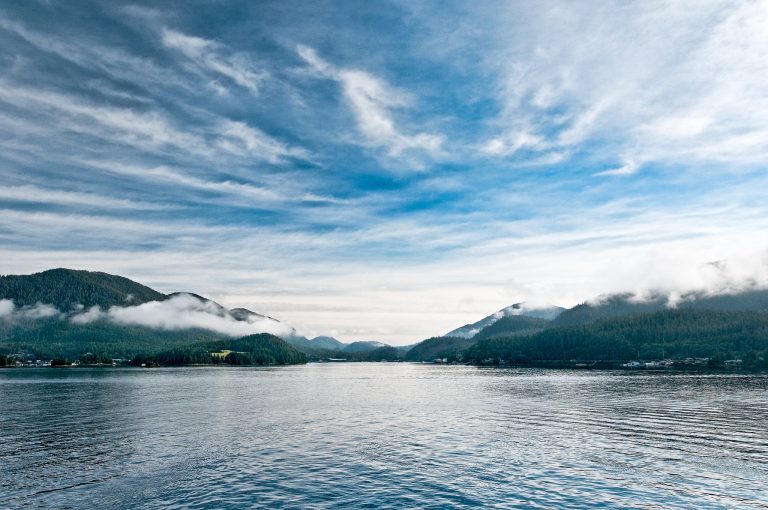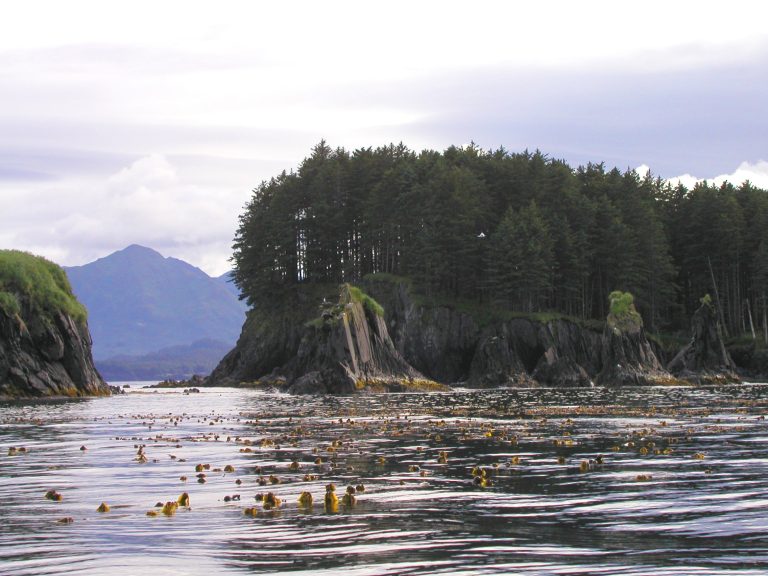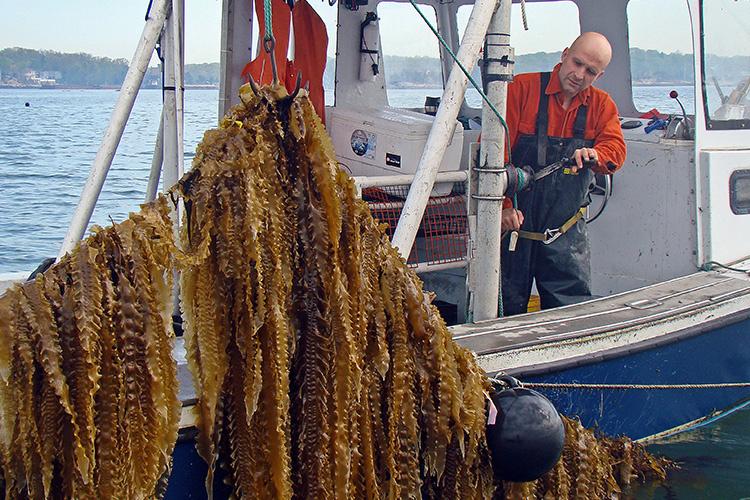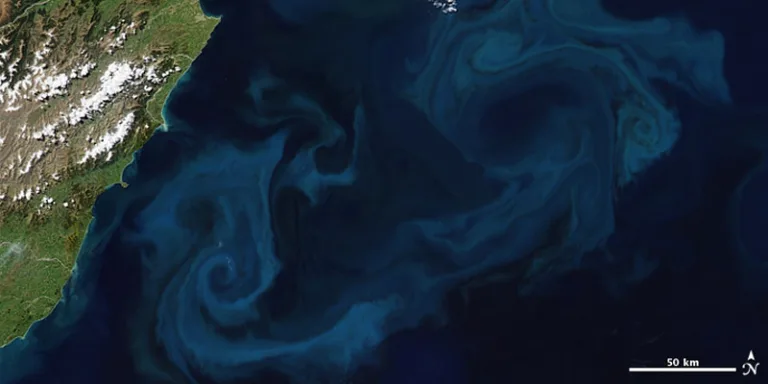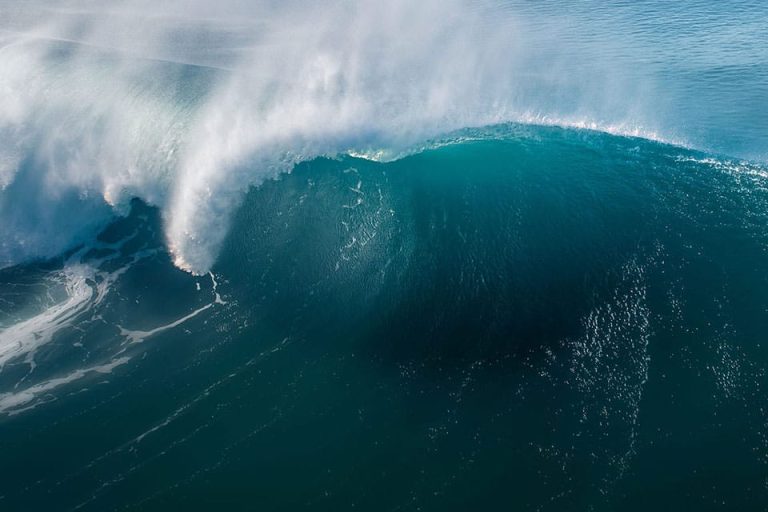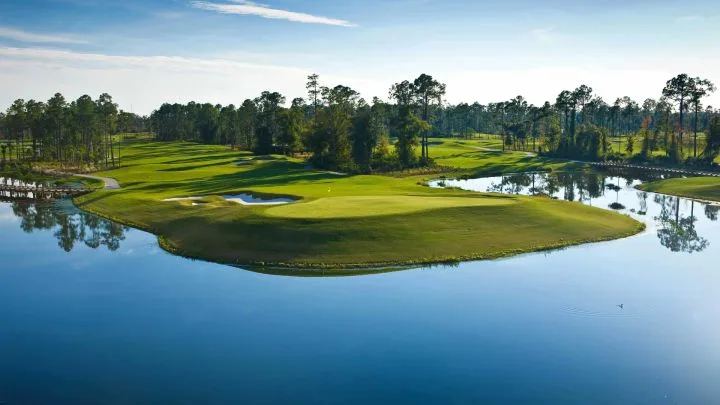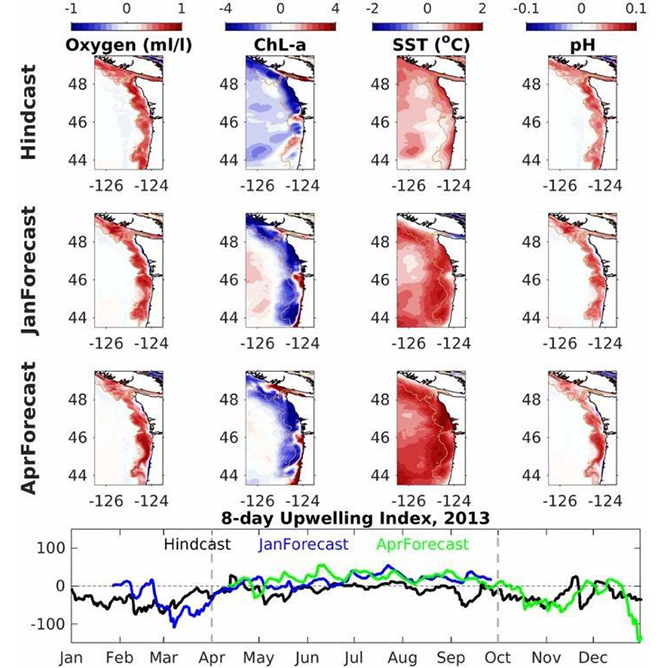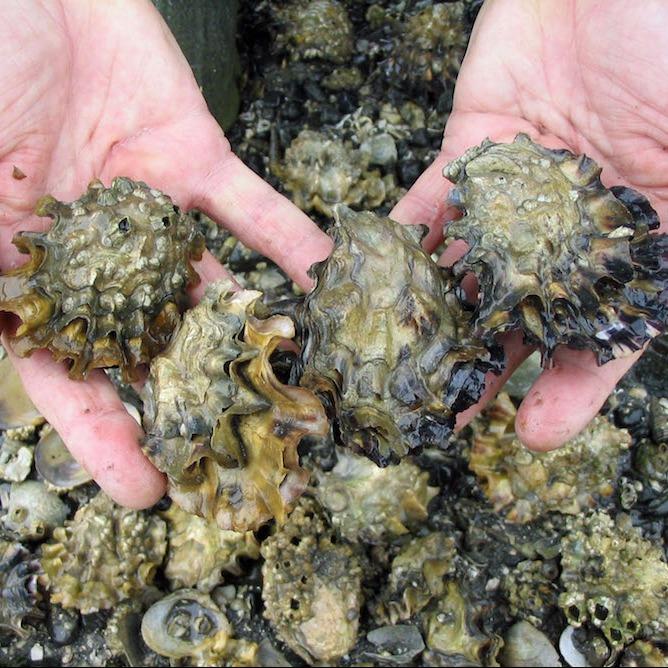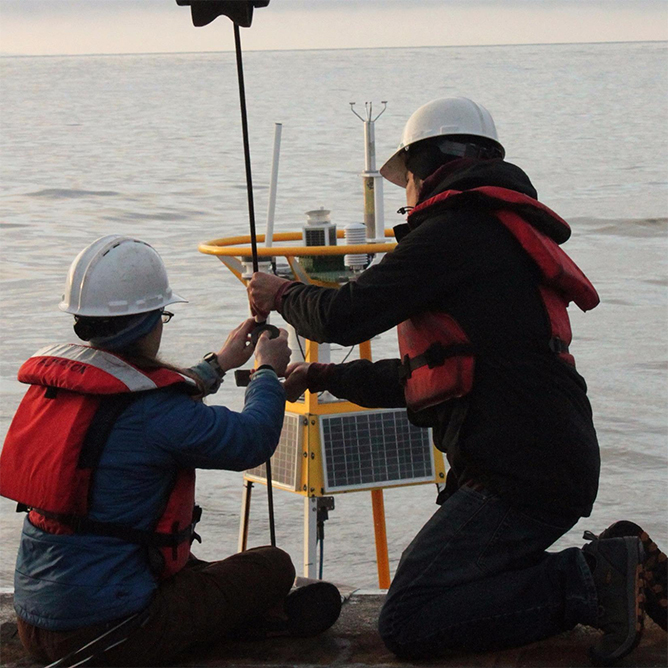Quantifying the Atmospheric CO<sub>2</sub> Forcing Effect on Surface Ocean <em>p</em>CO<sub>2</sub> in the North Pacific Subtropical Gyre in the Past Two Decades
Despite the well-recognized importance in understanding the long term impact of anthropogenic release of atmospheric CO2 (its partial pressure named as pCO2air) on surface seawater pCO2 (pCO2sw), it has been difficult to quantify the trends or changing rates of pCO2sw driven by increasing atmospheric CO2 forcing (pCO2swatm_forced) due to its combination with the natural variability of pCO2sw (pCO2swnat_forced) and the requirement of
